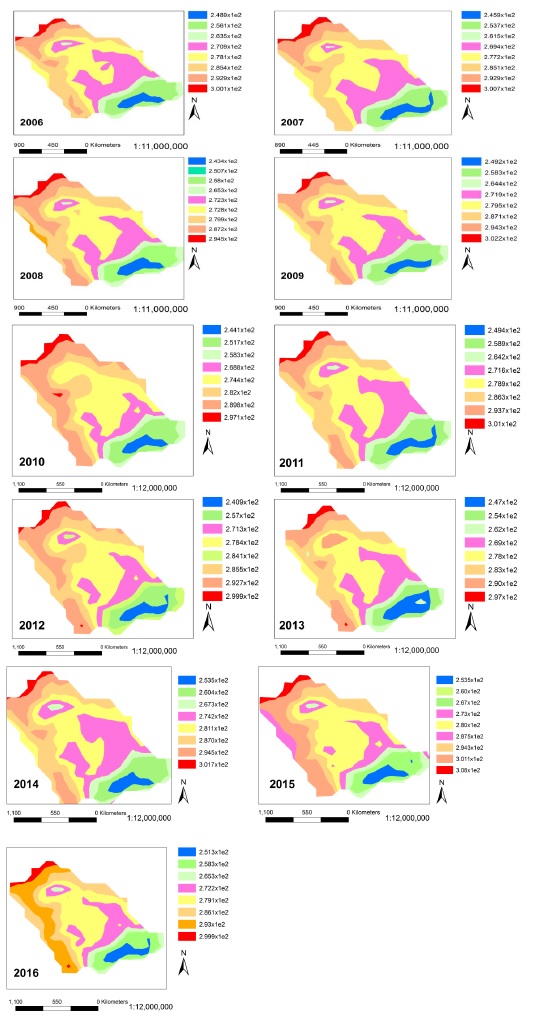Additions of Tropospheric Ozone (O3) in Regional Climates (A case study: Saudi Arabia)
Keywords:
AIRS, AERONET, Carbon dioxide, Nitrogen dioxide, Sulfur dioxide, Aerosol optical depth and Dopson Unit.Abstract
Anthropogenic activities are responsible for enhancing the concentration of various toxic gases that produces bad Ozone in the troposphere which is harmful to human health. The specific objective of this research was to analyze the spatiotemporal variations in a vertical column of Ozone (O3) over Saudi Arabia during 2006-2016 using Atmospheric Infrared Sounder (AIRS) onboard AQUA platform and AErosol RObotic NETwork (AERONET) data. The results show that the optical depth of Ozone column varied from 252 Dobson Units (DU) to 264 DU. The main reason of this variation corresponds to the increase in O3 precursors including Carbon Dioxide (CO2), Nitrogen Dioxide (NO2) and Sulfur Dioxide (SO2). The concentration of CO2 varied between (379-401) Parts Per Million (PPM), SO2 varied (3.5x10-6 - 4x10-6kg m-2) kg m-2 and NO2 varies (2.25x1015 - 2.5x1015)1/cm2 during the investigated timeframe. The results confirm that NO2 and SO2 have contributed directly in O3 formation while CO2 just increased regional temperatures that enhanced the optical depth of O3.

Published
How to Cite
Issue
Section
License
Copyright (c) 2019 50Sea

This work is licensed under a Creative Commons Attribution 4.0 International License.




















